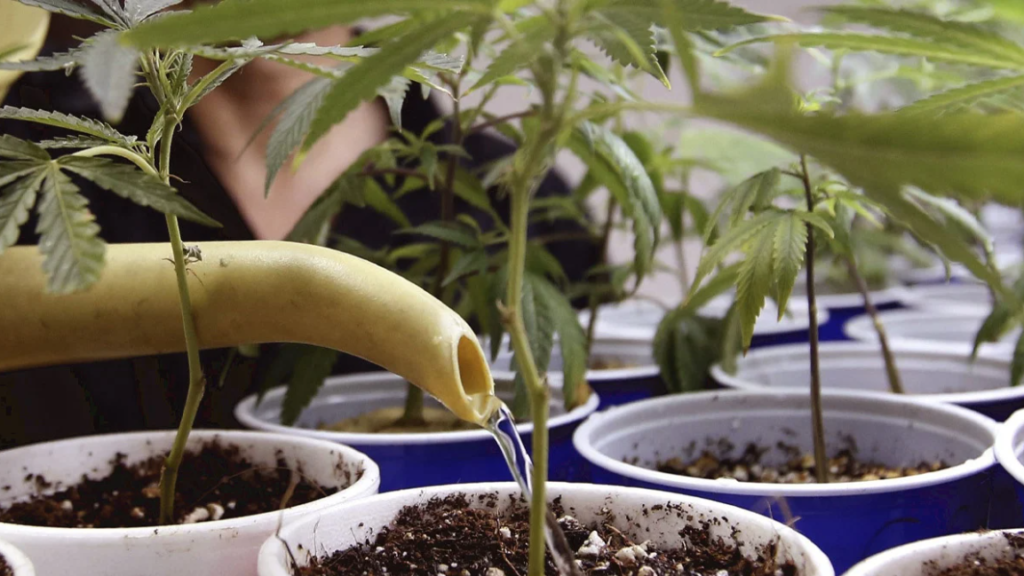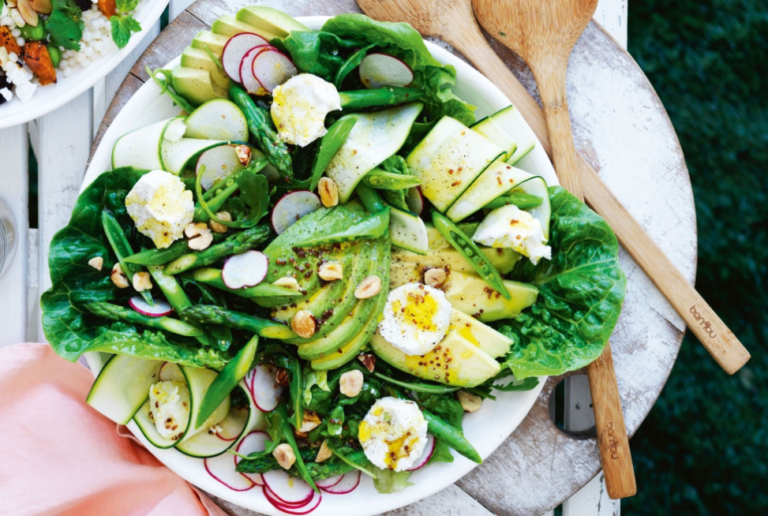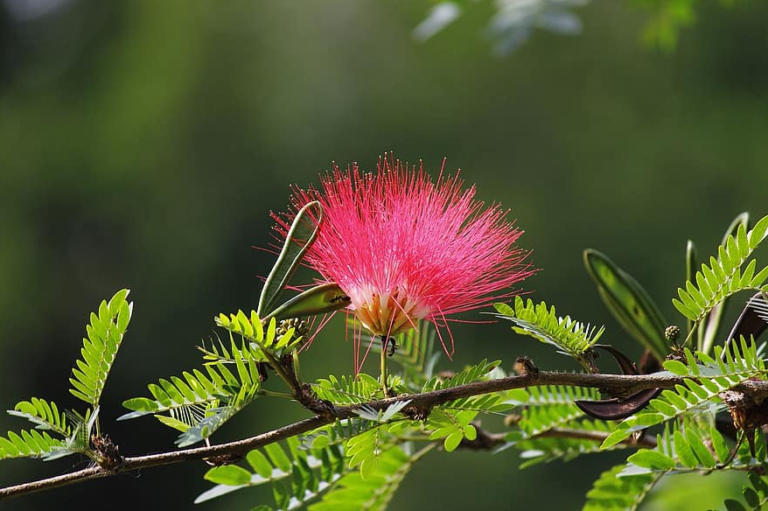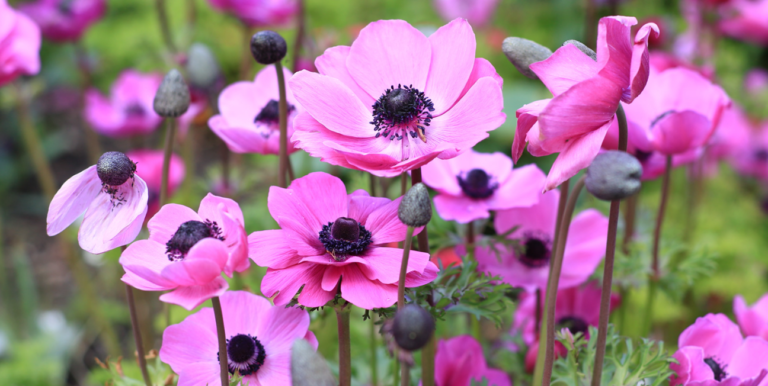Everything you need to know about COMPOST TEA for flower Growth
What is compost tea?
Compost tea is a bit of a misnomer. Tea is technically an infusion that requires heating up water to boiling and pouring it over herbs to create a healthful drink. While compost tea is like a healthful drink for plants, it should almost be called compost beer because the process is closer to fermentation. It is a brewed liquid that concentrates bacteria, fungi, protozoa, and hopefully nematodes into an easily absorbed liquid form.
There are two schools of thought on brewing, and one of them involves throwing compost into a bucket of water, letting it sit, and hoping for the best. This is generally just called compost tea and it has a whole group of fans who swear by it. The second method is aerated compost tea, which requires oxygen and agitation. It’s a little more work, with a lot less smell.
Benefits of Compost Tea

Compost tea is a good overall plant health booster (a little like vitamins for people), and healthy plants are better able to resist pests and diseases.
Good tea improves soil health. Healthy soil is less likely to leach nutrients down beyond plant root zones. If soil is nutrient-rich, the need for fertilizer is minimized.
Compost tea improves the water retention capacity of the soil, which reduces the need for frequent watering.
Soil structure is improved with regular applications of compost tea. (Good soil structure is important for nutrient and water retention and accessibility.) The biological components in soil are what create its structure. For good structure, all organism groups in the food web—bacteria, fungi, protozoa, nematodes, and microarthropods—need to be present. When you add tea, you add these microbes.
Compost tea helps loosen clay soils for air and water to move, and helps sandy soils retain water and nutrients.
Plant root growth is stimulated by compost tea applications. Deeper roots retain moisture better and help to reduce runoff.
When sprayed onto plants, compost tea adds beneficial microbes to foliage. By occupying leaf surfaces, these organisms prevent potential disease organisms from gaining a foothold.
Compost tea combats the negative impact chemical-based pesticides, herbicides, and fertilizers have on beneficial microorganisms.
Unlike store-bought fertilizers, tea recipes can be developed and fine-tuned to target specific conditions and plant needs.
How to Make Compost Tea
You can buy compost tea in stores in powder form (though be sure to test it out first).
Or, you can make your own! Compost tea can be made with or without aeration, and with or without adding supplemental nutrient sources like molasses that feed microbes. For best results, aeration and supplements are recommended, and the right compost is critical.
This sample compost tea recipe is good for vegetable crops:

Materials
5-gallon bucket, filled with water (let it sit for 24 hours to allow the chlorine to evaporate)
1 fish tank aerator
1 compost tea brewing bag (either purchase one online or make one from a scrap of meshed material such as row covering, tied with twine—it should be large enough to hold 5 to 6 pounds of dry ingredients)
1 aquarium thermometer
Ingredients
1 large handful of compost
1 handful of garden soil
2 handfuls of straw
3–5 leaves from a healthy plant
1 cup fish hydrolysate (pulverized fish, available at most garden centers)
1 cup seaweed extract (available at most garden centers)
Instructions
Put the first five ingredients into the tea bag, tie the bag tightly and submerge it in the bucket of water. Add the fish hydrolysate and seaweed extract liquids directly to the water. Place the aerator in the bucket and turn it on. Brew the tea for about 36 hours, monitoring temperature—the optimal temperature is between 68° and 72°F. Dilute it to a 3 parts tea to 1part water ratio before spraying. Fill a backpack sprayer. Spray early in the morning or late in the evening to avoid burning leaves in the midday sun.
How to Use Compost Tea
If all’s gone well you’ll now have a strong, dark liquid packed with nutrients and microbes. As with all fertilizers, it will need diluting before use, or it can scorch the plants you’re trying to feed. The dilution rate needed will vary from batch to batch, but one part tea to ten parts water is a good starting point. You should end up with a feed the color of a weakly brewed black cuppa.
For seedlings, delicate plants, or houseplants, you can up the dilution rate to one in 20, to keep the salt levels well under control. A similarly dilute mixture can also be used for foliar feeding, where the fertilizer is sprayed directly onto the leaves of the plant for fast absorption and quicker results.
However, as with all foliar feeding, it’s wise to err on the side of caution and use a weak mixture on a small part of the plant as a test. If the plant seems happy after a day or two, you can go on to spray the rest.
But the most common way of using homemade compost tea is as a ground fertilizer. If the soil is dry, water it lightly to ensure the tea can find its way down to the roots rather than pooling and drying on the surface. Feed around the base of the plants, being careful to avoid splashing, especially if you’re using a stronger dilution. Feeding can be repeated roughly fortnightly, or as needed during periods of strong growth, flowering, or fruit set.
However, as with all foliar feeding, it’s wise to err on the side of caution and use a weak mixture on a small part of the plant as a test. If the plant seems happy after a day or two, you can go on to spray the rest.
But the most common way of using homemade compost tea is as a ground fertilizer. If the soil is dry, water it lightly to ensure the tea can find its way down to the roots rather than pooling and drying on the surface. Feed around the base of the plants, being careful to avoid splashing, especially if you’re using a stronger dilution. Feeding can be repeated roughly fortnightly, or as needed during periods of strong growth, flowering, or fruit set.
A Note for Edible Crops
Special care needs to be taken when using compost tea on edible crops. The liquid contains live microorganisms, which are almost certainly harmless but shouldn’t be recklessly ingested. And that’s not to mention the strong smell and (presumably) taste of the feed.
As with all fertilizers, it’s wise to avoid feeding crops for at least a few days before harvesting, and also to wash the produce thoroughly before eating or cooking it. Also, consider wearing protective gloves whenever you’re working with compost tea, as splashes on your hands can remain fairly pungent even after several washes with soap and water.
But so long as you take a little care when using it, homemade compost tea is great for all your plants and is an inexpensive and effective way of using your garden’s resources to their absolute best.






